Some people call it art; others know it as a criminal or rebellious activity that makes cities look ugly. Putting any assumptions aside, graffiti in Iran is a controversial topic. If you walk in crowded streets in Tehran or other big cities, you see some interesting paintings on walls representing a social issue or just a beautiful shape. Young Iranians always look for a way to express themselves, and graffiti is one of the many forms that they use.
Street art, in general, was always something for people and the authority to fight over. Many open-minded people and artists wanted to have this type of art to represent their ideas, especially rappers and hip hop artists. But the authority recognizes them as underground artists who are not allowed to paint the cities’ walls the way they like. However, Iran was not always against different types of street art.
Table of Contents
The History of graffiti in Iran
When it comes to Iran, Graffiti is heavily linked to raising social issues and political protests. We can go back to the Islamic Revolution of Iran when young protestors drew shapes and words on walls to show their resistance. This form of art kept its originality through the years and got even stronger and more meaningful to the new generation by getting inspired by hip hop and rap music.
Hip hop entered Iran in the early 20 century, and young Iranians embraced the culture that came with it. The impact of hip hop and rap on the young generation sparked their creativity and made them create fantastic art. They even found their way in this style and, besides adopting rap based on Iranian preferences, combined graffiti with calligraphy. Therefore, you see western graffiti and Persian art combined.
Why Is graffiti Popular in Iran?
There is no citable sociological research on the relationship between graffiti and the young Iranian generation. However, we can say that youngers have strong opinions against many aspects of their lives and use art to express those opinions. However, graffiti is more popular among Iranian youth because of having a rebellious side to it that suits Iranians’ lifestyle. Although big cities like Tehran, Shiraz, Mashhad, and Isfahan were the birthplaces of graffiti, small places have rising stars who make their cities and villages designed by graffiti.
Are All graffitis Considered as Illegal in Iran?
We can answer this question in a short and sweet way. No! But this is more complicated. If you consider the concept of graffiti as a form of resistance which is a human right, you can put down a yes for the answer. However, if you are defining graffiti as paintings on the wall with a combination of shapes and typography, you can find many legal graffiti in the country.
What Are Different Types of graffiti in Iran?
There are different types of graffiti in Iran. The most popular one is governmental paintings on the walls created by artists hired by the mayor’s office. They are aimed to make the cities look bright, colorful, and beautiful without promoting any obvious ideology. Sometimes, they use classic Persian poetry or even Quran to create their art depending on the upcoming events. You usually see these artists doing their job around Nowruz, the Persian new year.
The second type of legal artists are those who promote Islamic ideologies with their art on cities’ walls. This format and design got popular after the Islamic Republic of Iran when the country got into an eight years war with Iraq. Drewing martyrs and significant people who could be role models to others and encourage them to continue their path could be a painting on the walls.
The third group is illegal graffiti artists who try to advocate for what they believe in, which is not necessarily aligned with the dominant ideology. Therefore, they do their paintings and art at night in some important places in the city or urban areas. Sometimes, the authority tries to find them and convict them because of painting on cities without asking for permission.
Who Are the Most Famous Persian graffiti Artists?
There are some amazing graffiti artists in the country who create their art anonymously because of their personal preference or security reasons. However, there are some known artists who make a difference with what they do. Here is a list of a number of these artists you should know:
Icy and Sot: The Social Advocates
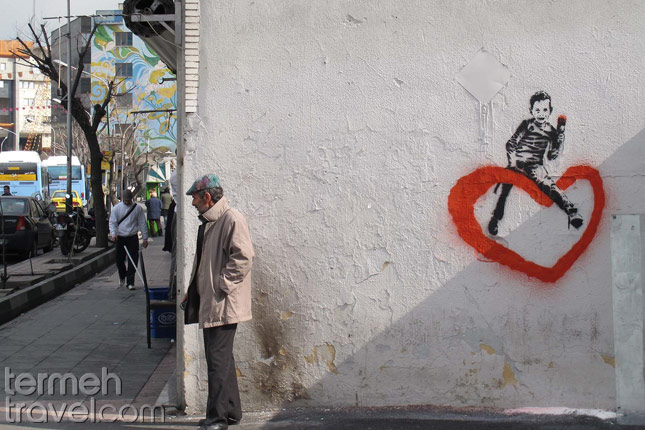
Two brothers from Tabriz, Icy and Sot, are one of the most popular graffiti groups in Iran. Although they are not in Iran at the moment, they fight against any injustice by portraying the ugly face of Iran in a beautiful and captivating way. They create graffiti to show social injustice, the contrast between poverty and wealth, in danger children and every other aspect of human rights. They believe that street art is speaking directly to people, so they try their best to represent their issues through their art.
A1one: Hip Hop and Calligraphy Combined
A1one talks about himself as “a vandal or anarchist, but I am glad to introduce myself as one. I am not about politics …” A1one started graffiti many years ago and tried to get inspired by Persian calligraphy to add spice to his graffiti. Although the majority of what he produced is not political, he wants to talk about social phenomena and make people notice some topics that may have been forgotten.
BLACK HAND: The Protestor
Probably one of the most known political advocates in Iran who talks about the political system through graffiti is BLACK HAND. He started his artistic work as a teenager and fought against censorship and any political and social events that became an issue for people, especially the younger generation. Although his graffitis were scarped or painted over, he continued painting and advocacy.
Iranians have always been known for their artistic and creative spirits. They have learned a lot from different cultures and combined it with Persian art to do something amazing. Graffiti is also a way for them to try something new in art and express themselves.
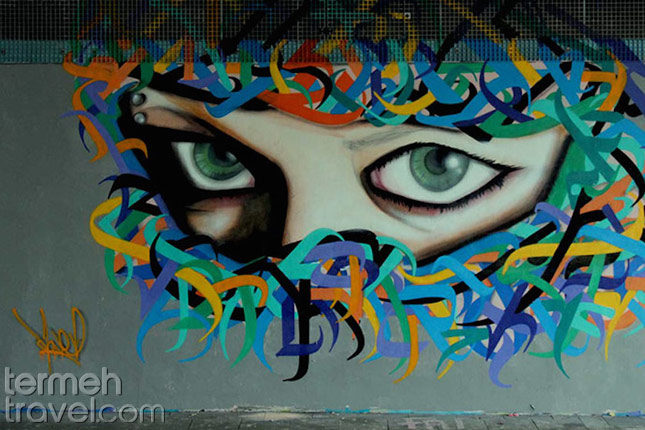
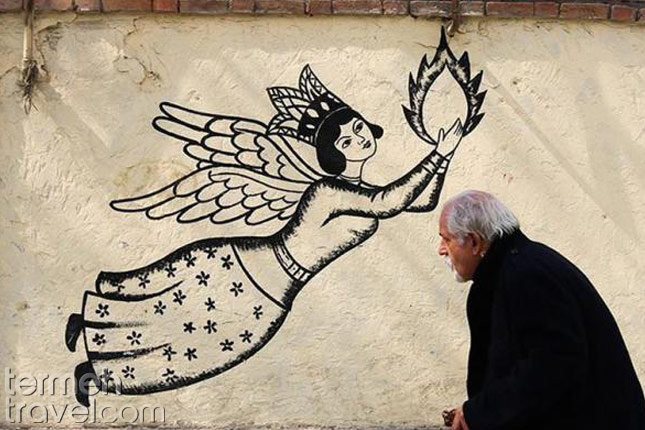
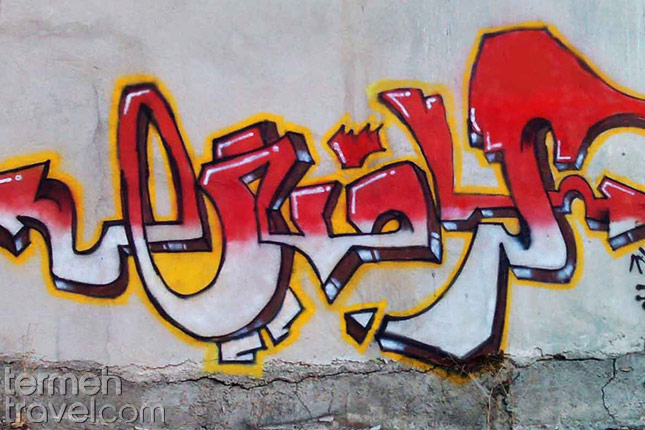
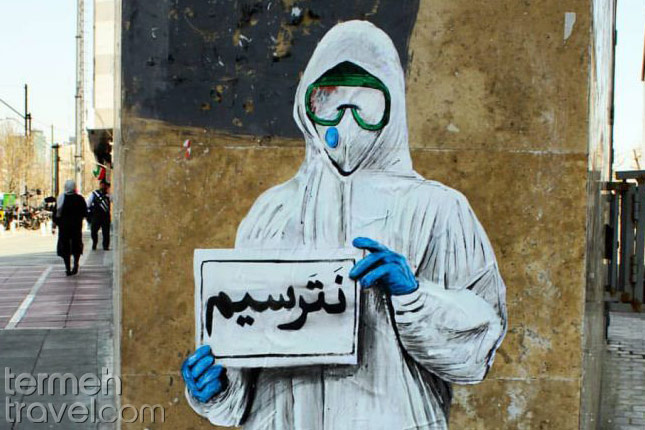
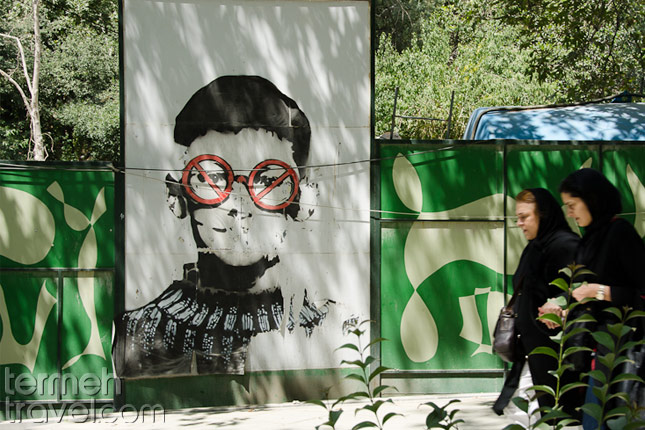
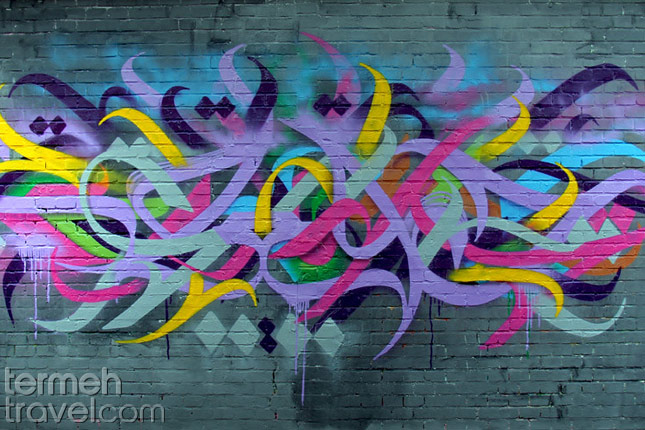
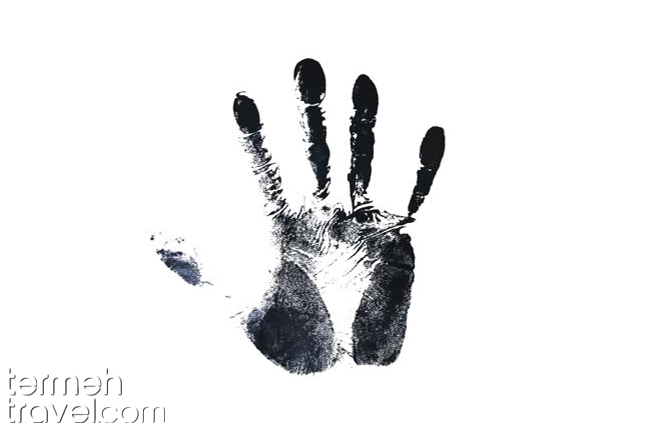


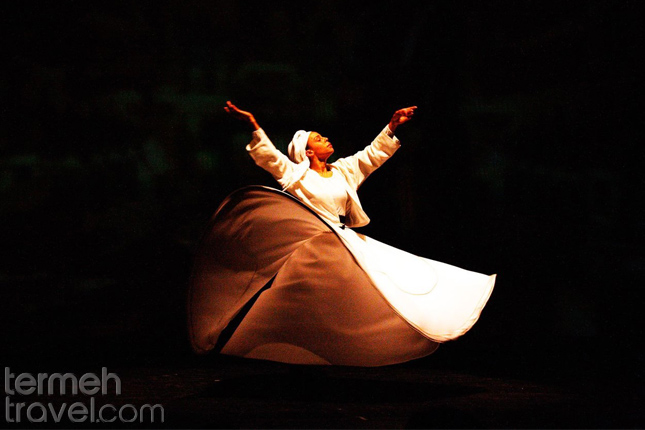
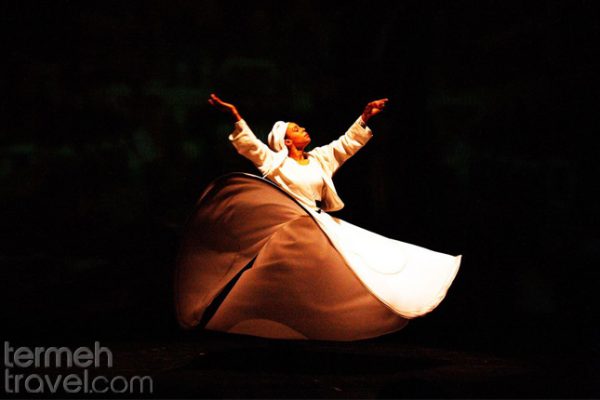
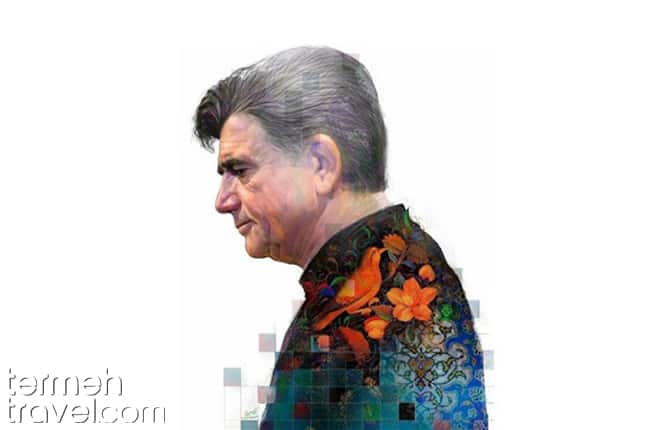
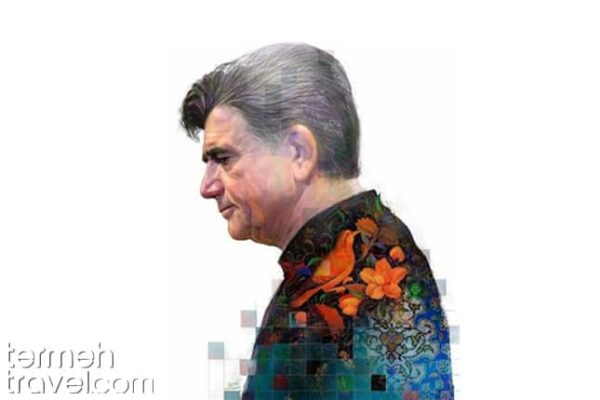
Leave a Comment